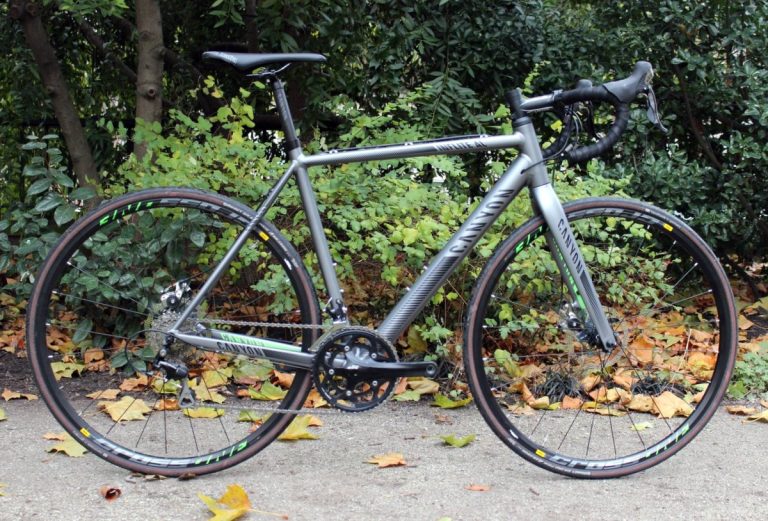The drivetrain is the mechanical heart of your bike and the area requiring most maintenance.
The sheer force to which the chain, chainrings, and cassette are subjected make them high-wear items at any time of year, but in winter will suffer additional assault from grime, road salt, and a seemingly endless supply of rain water.

Wear among certain components in the drivetrain can have a debilitating effect on others, leading to the cost of replacing several pieces if one is left unchecked.
Wear to the chain, the chainrings, and the cassette can be easy for the trained eye to spot, however. We caught up with Andy Phillips, mechanic at independent bike shop, Ride, for his tips on how to identify worn drivetrain components.
Over the following pages, we’ll consider the profile of worn cassette teeth, three methods to check chain wear if you’re without a chain checker tool, and the consequences of riding on worn chainrings. And while the freehub isn’t part of the drivetrain, a basic knowledge of its role as interface for cassette and wheel can be valuable when the time to replace a worn cassette is nigh.





